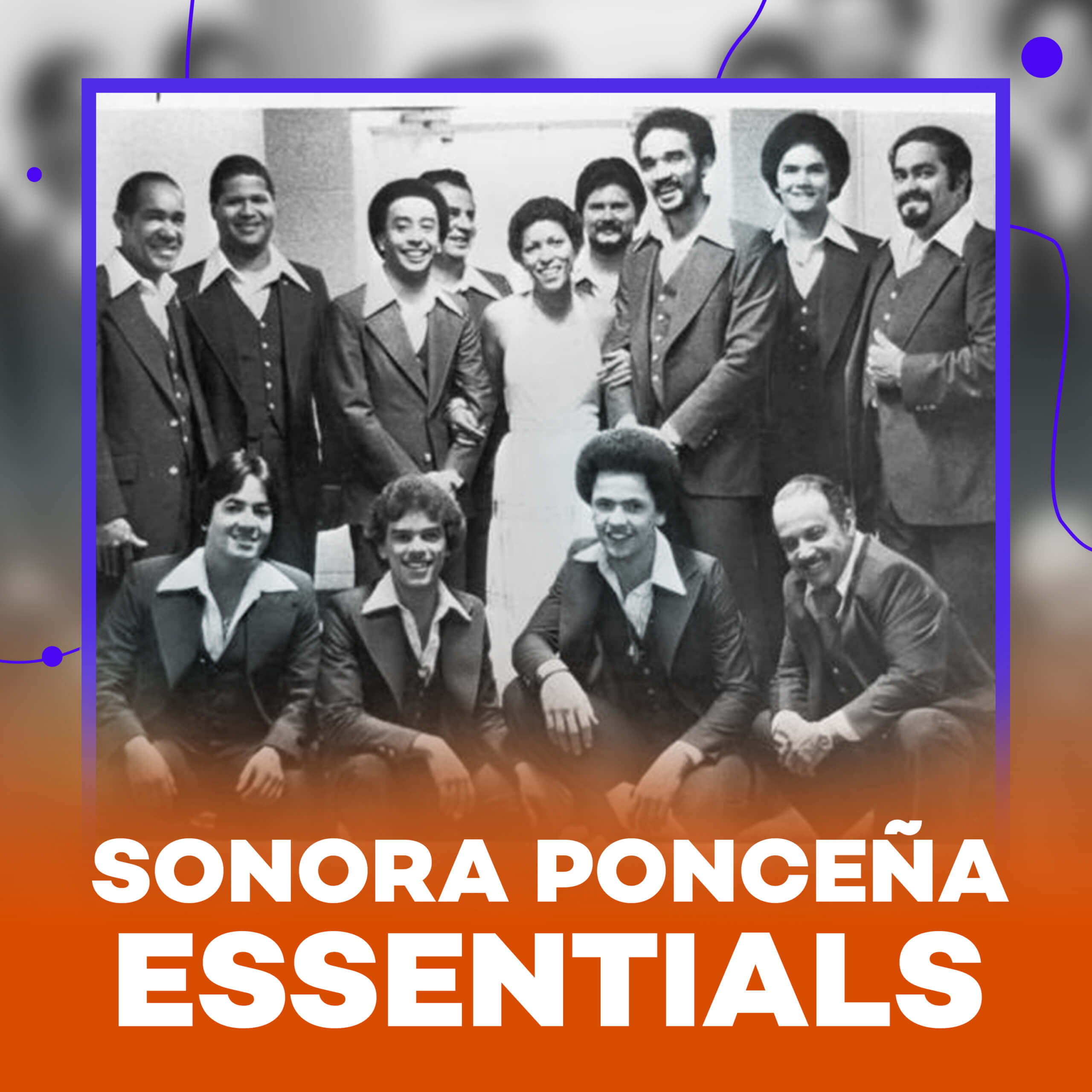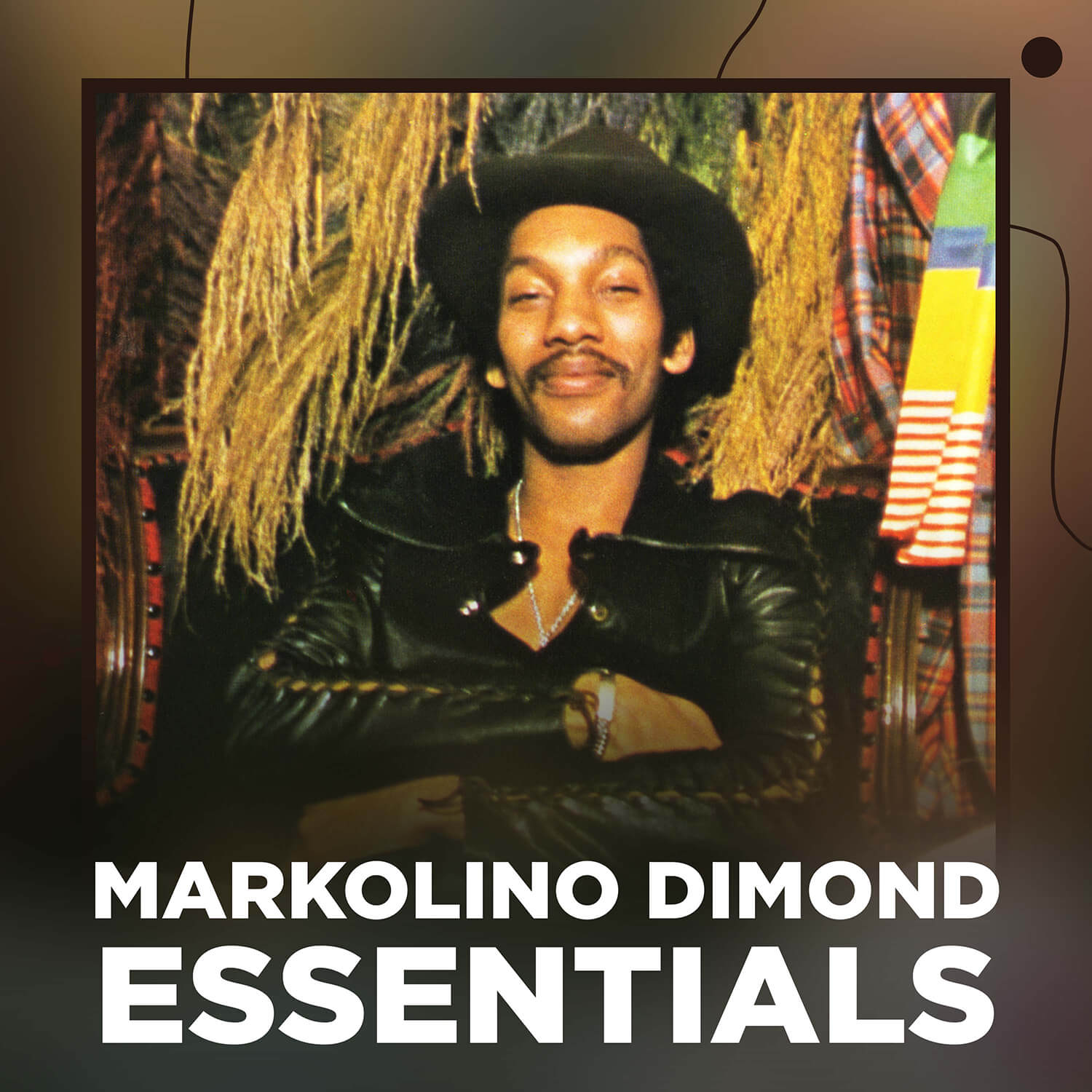
No vocalist has impacted the world of Latin music like Celia Cruz. Born in 1925, from a poverty-stricken town in Cuba, Celia began her fabulous career in her native land where she was given the title of “La Guarachera de Cuba” at a young age. In 1950, she was chosen by Rogelio Martinez, the director of the famed Cuban orchestra Sonora Matancera to be his lead singer, a position never held by a woman. She honed her skills for 15 years before having to leave Cuba due to the revolution and settled in Mexico where she was making a name for herself while expanding the popularity of the legendary orchestra. Celia became an American citizen in 1961 against the wishes of Cuban premier Fidel Castro, who formally banned Celia from ever returning to her native land.
It wasn’t long before the eminent Tito Puente chose to have her join his world-renowned orchestra to give it a more exciting appeal while she gained international recognition connecting with fans with her exuberant style and wardrobe wherever they performed. Consequently, her fame propelled her to the title of “Queen of Salsa” and caught the eye of Fania Records and musical director Johnny Pacheco, who signed her up to a long-term contract while a new phase of Salsa was blossoming. Her recordings with Pacheco were vastly successful to the point where she embellished other Fania artists’ releases by appearing in albums with the likes of Willie Colón, Ray Barretto, Tito Puente, Papo Lucca, Justo Betancourt, Pete ‘El Conde’ Rodriguez, and many other bandleaders.
After a fabulous career that lasted over 40 years Celia passed in New Jersey at the age of 77, in 2003. It was her eternal wish to return to Cuba and perform before her adoring fans. Which she did when she was invited to make a presentation at the Guantanamo Naval Base shortly before her death. Before leaving her native land, she gathered a handful of Cuban soil in a bag and brought to America and was buried with the Cuban earth in her casket. —Bobby Marin

Yomo Toro

Richie Ray & Bobby Cruz

Pete “El Conde” Rodriguez

Sonora Ponceña

Larry Harlow

La Lupe

Celia Cruz

Fania All Stars

Roberto Roena

Joe Bataan

Ruben Blades

Bobby Valentin

Eddie Palmieri

Hector Lavoe

WILLIE COLON

Ray Barretto

Tito Puente

Ralfi Pagan

Markolino Dimond



